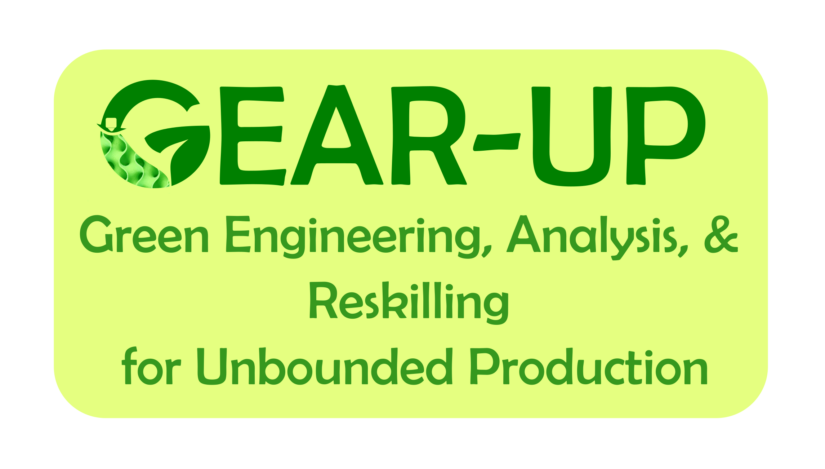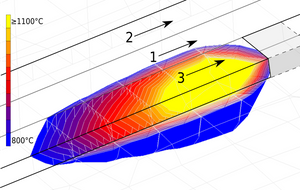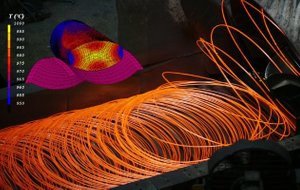Advancing Automotive Safety
Flexcrash integrates advanced materials and innovative design techniques to create lightweight vehicles that meet stringent safety standards. A rigorous simulation and testing process validates this. Automating crash reconstructions and developing standardized virtual testing methodologies enable Flexcrash to address future road safety challenges.…
ALABAMA: Tailoring Laser Beams
The ALABAMA project, funded by the European Health and Digital Executive Agency (HaDEA), aims to enhance laser-based additive manufacturing by developing adaptive laser technologies and optimizing process parameters to improve quality, reduce defects, and increase productivity across the aviation, marine, and automotive sectors. Led by Aerobase Innovations AB, the project includes advanced online process monitoring, closed-loop control, and digital tools for process optimization. This contributes to first-time-right manufacturing and a resilient European industry.…
RESTORE: Remanufacturing in Value Cycles
The RESTORE project, funded under the Horizon Europe program, aims to enhance the circular economy by advancing remanufacturing through innovations in product design, process technologies, and business models. It focuses on modular products and efficient repair techniques like hybrid laser-PTA-cladding and DED-LB. Coordinated by the EWF, the project seeks to optimize cladding processes and promote sustainable development, offering significant economic and environmental benefits.…
FLEXCRASH: Development of Crash-tolerant Structures
The FLEXCRASH project, funded by Horizon Europe, aims to revolutionize crash-tolerant structures using hybrid manufacturing and additive techniques to enhance safety and sustainability. It targets a 50% reduction in passenger injuries and fatalities. By integrating advanced modeling, virtual testing, and material science, FLEXCRASH sets new standards for automotive safety and manufacturing efficiency, potentially reducing costs by 20%.…
The Weakest Link in Finite Element Simulation of Automotive Crash
The finite element method (FEM) has evolved significantly over the past four decades, transforming from a computationally limited technique to a precise scientific tool used for analyzing heat transfer, fluid mechanics, and deformation mechanics. Despite advancements in spatial discretization and solver technology, accurate material behavior modeling, especially for advanced materials like UHSS and composites, remains a critical challenge in fully leveraging FEM for engineering applications.…
STRESS & DISTORTION DURING AM
The blog discusses the complexity of simulating the additive manufacturing process of Ti-6Al-4V due to microstructural changes and allotropic transformations during thermo-mechanical processing. By using a combined metallurgical and flow-stress model in simulations, the study effectively predicts stress and distortion, contributing to the understanding of how to manage these issues in titanium alloy additive manufacturing.…
MODEL FOR WIRE ROLLING
Shape rolling is a metalworking process in which reheated billets are passed through rolling stands to reshape their cross-section. This process involves roughing and finishing stages. The optimization platform for this process integrates advanced microstructure-based material models, finite element solvers, and multi-objective optimization routines to enhance the efficiency and accuracy of the rolling process.…









